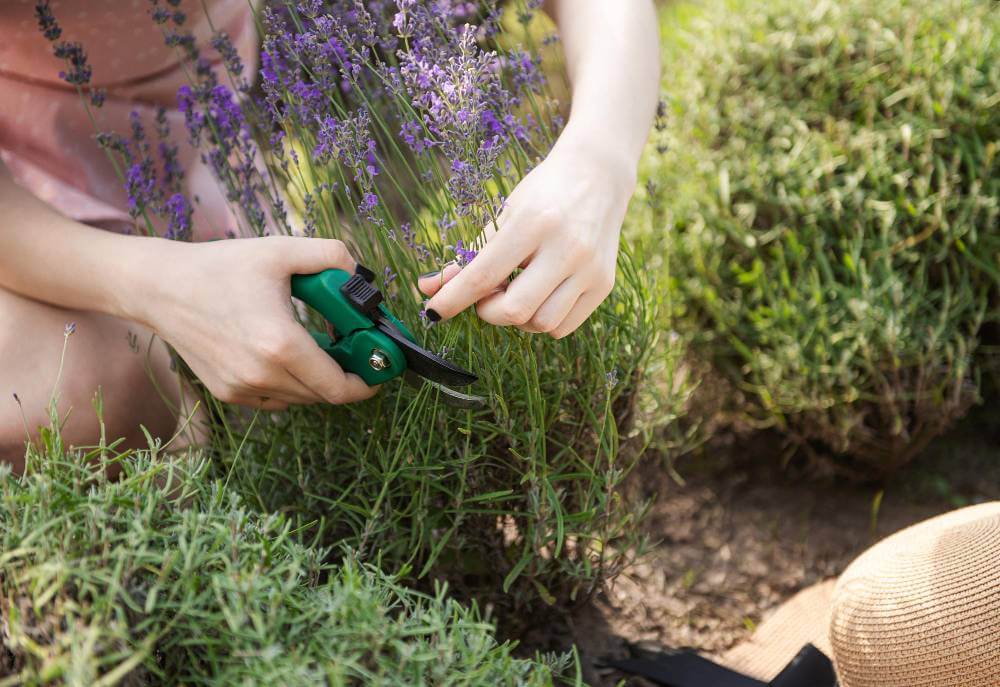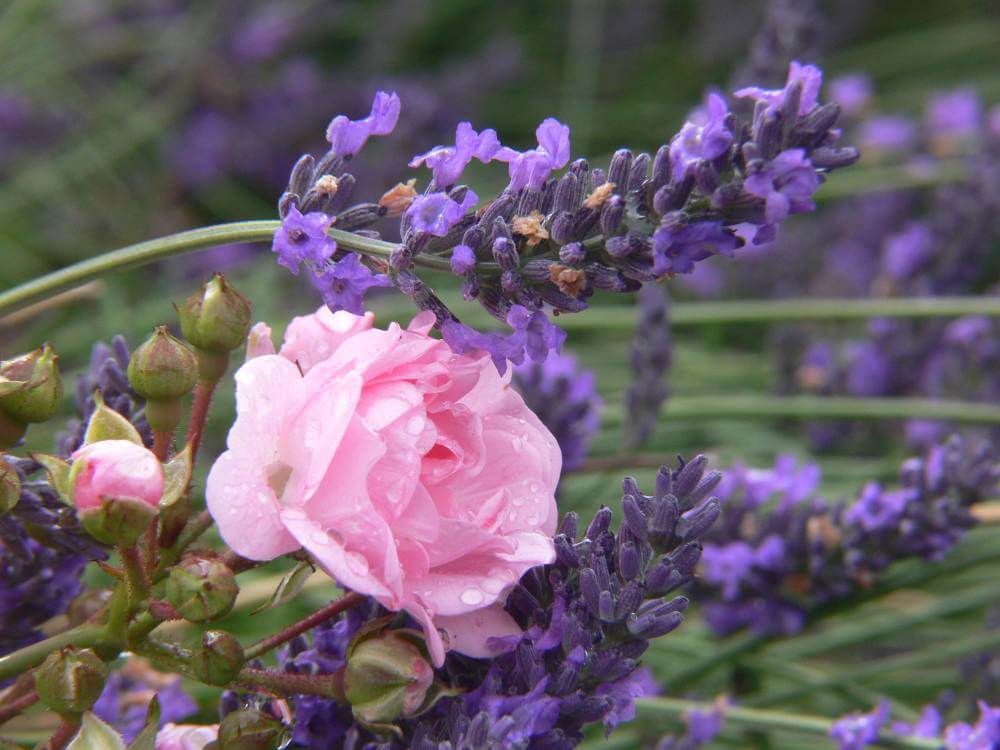Welcome back to my little green corner, where we’re all about nurturing our herbs to thrive. Today, we’re tackling a practical topic: figuring out whether your herbs prefer soaking up the sun or chilling out in the shade. Let’s dive in and demystify herb preferences together!
Sun-Loving Herbs: Thriving in Bright Light
When it comes to sunlight, some herbs are total sun-worshippers. These herbs, like basil, rosemary, and thyme, absolutely thrive in bright, sunny spots. And you know what’s cool? The sunlight actually helps these herbs develop stronger flavors and aromas, thanks to the increased production of essential oils. Plus, exposure to sunlight can boost the production of antioxidants in these herbs, adding an extra health kick to your dishes. So if you’ve got a sunny spot in your garden, consider planting these flavor-packed sun-lovers and basking in the deliciousness they bring.
Tips for Sun Success: Ensure your sun-loving herbs have well-draining soil and get plenty of water to keep them hydrated in the heat. And don’t forget to mulch around them to help conserve moisture and keep those weeds at bay. With a little TLC and a lot of sunshine, your sun-loving herbs will be thriving in no time!
Shade-Tolerant Herbs: Thriving in Cool Corners
Now, let’s talk about the shady characters of the herb world. These herbs, like mint, cilantro, and chives, may not crave the spotlight, but they’ve got their own unique charm. While they may not develop as intense flavors in low-light conditions, they still offer nutritional benefits and can be valuable additions to your herb garden. Mint, for example, is known for its cooling and refreshing properties, while cilantro adds a burst of freshness to any dish. So if you’ve got a shady corner in your garden or even a well-lit kitchen, consider giving these shade-tolerant herbs a cozy spot to grow and thrive!
Tips for Shade Success: Choose spots in your garden that receive some sunlight but aren’t directly exposed to intense rays. And remember to water your shade-tolerant herbs regularly, but be careful not to overdo it – nobody likes soggy roots!
Sun-loving & Shade-Tolerant Herbs: Must-have lists
I’ve compiled for you a list of sun-loving AND Shade-Tolerant Herbs. Dive in and discover your ideal herb garden!
Sun-Loving Herbs: Basil, Rosemary, Thyme, Oregano, Sage, Lavender, Marjoram, Dill, Chamomile, Lemongrass.
Shade-Tolerant Herbs: Mint, Cilantro, Chives, Parsley, Lemon Balm, Tarragon, Lemon Verbena, Fennel, Coriander, Lovage.
Balancing Sun and Shade: Creating a Harmonious Herb Garden
Why choose between sun-loving and shade-tolerant herbs when you can have the best of both worlds? Mixing them in your garden allows you to create a diverse and vibrant growing environment. Plant sun-loving herbs where they can soak up the rays, and tuck shade-tolerant ones in spots with partial shade. By finding the right balance, you’ll have a garden that’s both beautiful and bountiful.
Creating Harmony: Experiment with different combinations of herbs to see what works best in your garden. Whether it’s a sunny herb bed or a shaded corner, aim for a balanced environment where each herb can thrive. With a bit of planning and creativity, you can cultivate a garden that’s as beautiful as it is flavorful.
Nurturing Your Herbs: Providing Care Regardless of Light
Regardless of their light preferences, all herbs need care to thrive. Monitor soil moisture levels and water as needed, ensuring they have adequate hydration without drowning them. Feed them with a balanced organic fertilizer to provide essential nutrients for growth and flavor development. With a little attention and care, your herbs will reward you with abundant harvests and culinary delights.
Summary
In conclusion, knowing whether your herbs prefer sun or shade is crucial for their growth and development. By selecting the right herbs for your garden’s light conditions and providing them with the care they need, you’ll create an herb garden that thrives and delights. So go ahead, experiment, and enjoy the bounty of your herb garden! If you found this information helpful, be sure to check out my other blog posts for more gardening tips and inspiration.







